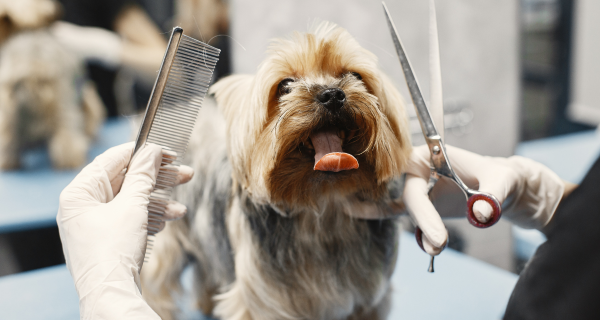
Vanessa Parsons, ICMG- Certified Master Groomer
Country Canines Grooming Salon
Brushing your pet should be a fun process for you and your dog. Your dog should not be frightened of the brush. Short grooming sessions to begin with are always best. Always rewarding your dog with praises and a treat or letting him chew on a toy while you groom away. Don?t let your dog bite and play with your grooming tools, as it can become a play toy and this is not fun when you are trying to groom your dog and he is trying to eat the brush at the same time. Use a rubber non slip matt for smaller dogs if you need to brush your pet on a bench, always remember never to leave your pet unattended when up high. For the larger breeds a nice brush out on the back lawn would be like heaven for your dog. Not only is he receiving a grooming but in his mind you are paying attention to him in his domain. You no doubt will receive loads of licks for this! And then it becomes a fun and happy event each time you groom your dog.
"The grooming tool depends on the breed of the dog."
Pick your brush or grooming tool, based on your dog's breed type and coat. Long haired dogs you can use slicker brush, comb and a pin brush that will painlessly get rid of loose hairs and also get all the way down to the skin. Use a stiff natural-bristle brush for short haired dogs, then a soft-bristle brush to distribute natural oils to the hair. A grooming mitt and furminator for shorter coated breeds is recommended to remove dead hair.
How to brush your dog
- Brush down and out, away from the dog's skin. Always brush in the direction the coat grows; dogs don't always like to be brushed backwards.
- Be gentle or you may damage your dog's coat by pulling and stretching hairs until they tangle and break. Take the time to untangle any snarls just as you would if your comb got stuck in your child's hair.
- Choose one side and brush your dog from his head back to his tail. Work with small sections and brush the hair with the direction of growth. Make sure to part the hair down to the skin to prevent matting. Repeat the process on the other side.
- For curly coated breeds like the poodle and Bichon, you may gently brush up the legs and body to achieve a fluffier look, but always with care and caution
- A good way to test your brushes, including slicker brushes, is run the brush down your arm, this will give you an indication of the pressure you should be applying to your pet, as slicker brushes come in soft, medium and hard. Each brush has a purpose for each breed.
- Make sure to brush and comb every area of your dog's coat every day and mats will not appear again. If you live in damp climates the hair is likely to mat more often than those pets living in drier climates. Also areas such as arm pits, behind ears, rear end feathers and chests are more likely to mat as they receive more friction from petting, scratching. Always be carefull around the eyes, ears, anus and armpit areas and private areas, as a sharp brush can cause a brush rash if used too heavily.
- If you encounter mats, apply a coat conditioner or mat spray and leave it on for several minutes. Then use a wide-toothed comb or a mat-splitting tool to get through the tangle. Mats can get close to a dog's skin and removing them can be painful, so proceed carefully. We don?t recommend you cut out mats with scissors, be careful you don't end up at the vet's for stitches; it happens more often than you'd think. If you just can't get a mat out, take your dog to a groomer, who will probably clip the area.
When to go with the pros
While it's true you don't need a pro to brush your dog, there's no shame in taking your dog to a groomer; they're in the business for good reason.
You know how you can never get your hair to look as good as your stylist does? Well, the same is true for your dog. Besides some level of skill is called for if your dog's coat tends to get matted. And if your dog really doesn't enjoy his/her beauty routine, you'll find that experienced groomers are good at sweet-talking even the most scaredy-cat dog into relaxing, at least a little.
Important: Brushing is an essential part of a good grooming routine and will help keep your dog's coat healthy and looking good. It's easy to do yourself, but you'll need a few tools and techniques to do the job right.
"When matting is severe please consult your local professional groomer."
You are best not bathing a matted dog - once the matts are wet they are very difficult to untangle. Brush out as much as possible before bathing the dog.
Mats can seriously compromise skin health. Mats trap dirt, moisture, parasites, and all manner of unpleasantness, holding it against your dog?s skin and encourage infections at worst, irritation at best. Matting can be caused by various reasons, collars, harness?s, dog coats, fleas, allergies, and simply by not brushing. A severe matt is the equivalent of a human having 100s of rubber bands pulling tightly on our hair. Imagine that all over your body, and each time you take a step it is extremely painful, our pets can?t always tell us if they are in pain, sometime there way is by scratching or simply by laying around being quiet. When matting is severe please consult your local professional groomer. They are the people in the know for these sorts of problems; they will gently remove any matting for you.
How to bathe your dog
How often to bathe again depends on the breed, activities of the dog, and skin type.
Basic bathing needs for at home grooming:
- Non-slip bath mat
- Shower hose
- Sinkhole protector
- Treats
- Towels
- Blowdryer on cool or warm setting - NOT HOT
- pH-correct dog shampoo & conditioner
- Leave-in dog conditioner/de-tangler for longer coated breeds for after the bath.
If you dog will fit in the laundry sink or home bath, it is best to introduce the dog slowly by placing him/her into the area with no water in it all, and giving the dog a treat or play toy. Remove your pet and try this again with a couple of inches of water in the bath. Don?t run the water while your pet is in the bath as it may frighten it. Again give your pet a treat and remove your dog and dry his feet with a towel. Always reward your dog.
Next stage is to run the water while your pet is in the bath.
When bathing a pet, care should be taken to turn on the tap very gently at first, not to startle, slowing increasing the water flow to the desired rate. Start with the feet first and slowly work your way up the body, Never run a hose directly into the dogs face as ingestion of water in through the nose, can flood the lungs and cause injury or death. A gentle stream of water is sufficient. Becarefull of water in the ears also, you may gently place a small cotton ball in the ear. Remembering not to push the cotton ball too far into the ear.
Don't forget to check that the water is not too hot before you put your pet in the bath.
If you intend to use a spray to wash your pet, turn on the spray and adjust the temperature.
Your objective is to get your dog used to the feel of warm water, and to hearing it run and splash around him.
Gently massage the pH-correct dog shampoo into your dog's coat, watch out for the eye area, and rinse. Repeat the same method with the conditioner, and finally giving a thorough rinse.
If your dog has a short coat like beagle, foxy, miniature pinscher etc a grooming mitt is ideal to use in the bath. Like Mr. Miyagi from Karate Kid, a gentle rotating motion of "wax on, wax off" is great to loosen and remove dead hair. The rubber tips loosen dirt and massage the skin, this encourages natural oils to be drawn to the hair follicles.
Blowdrying your dogs helps to prevent matts also, a lot of curly coated breeds form matts after bathing as the curls intertwine and begin to felt. Again this is something that should be done in small happy sessions. The dryer must always be set at the lowest temperature.
About the Author:
Vanessa Parsons, ICMG, is a Certified Master Groomer and owner of Country Canines Grooming Salon. Vanessa has over 20 years experience in the dog grooming industry in Australia. She is also a certified trainer and assessor and international grooming judge. She is an ex director of the Pet Industry Association of Australia (PIAA). Vanessa’s grooming career highlights include being a member of the Groom Team Australia and is a popular guest speaker at grooming seminars and pet expos.


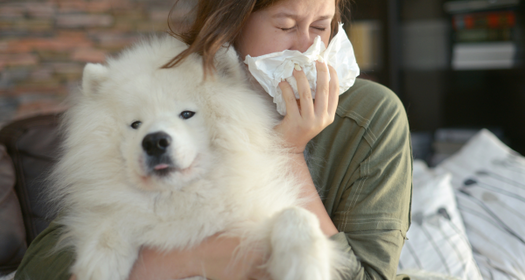
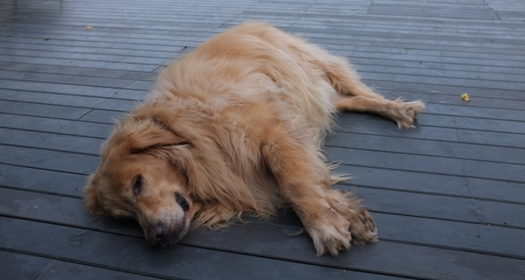
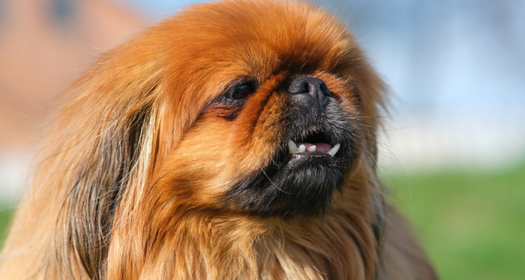
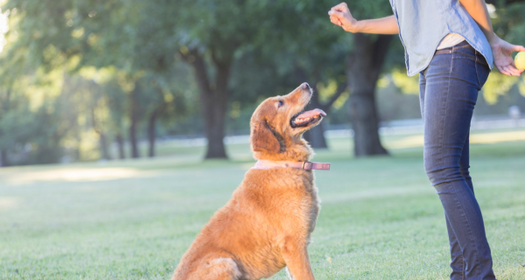
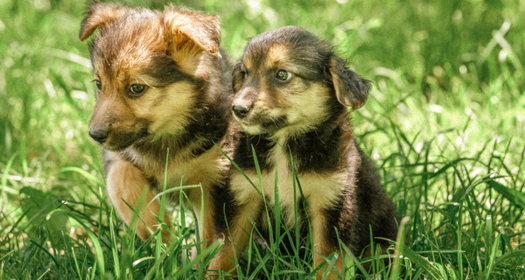



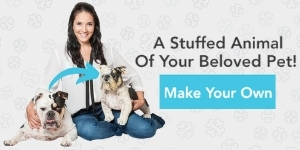
Leave Comment Below